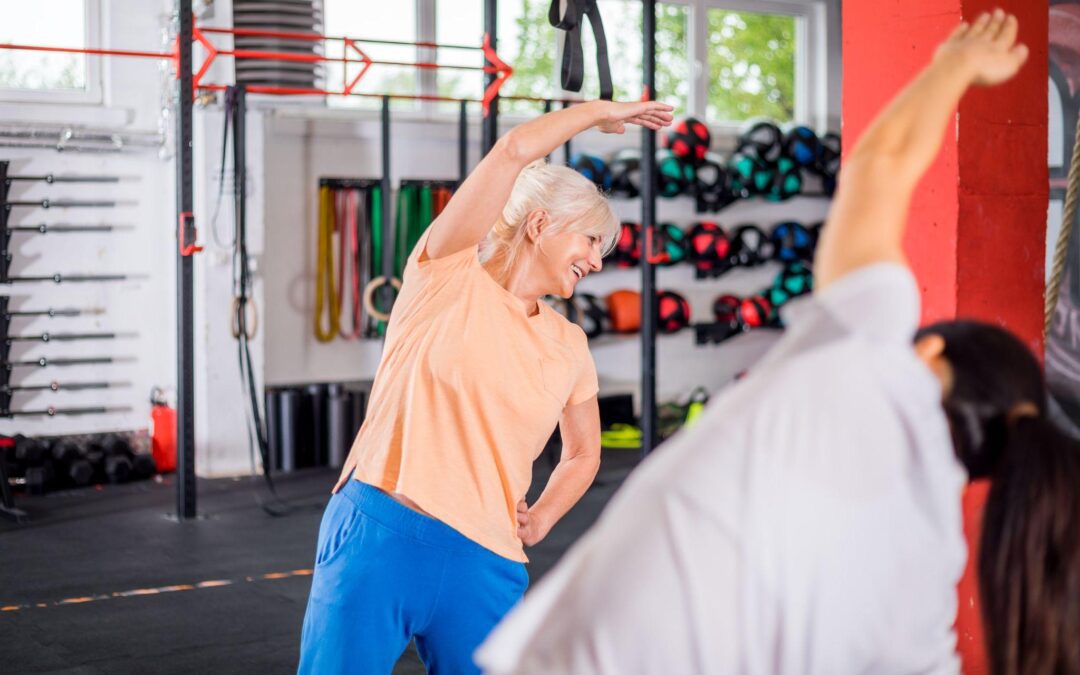Does your loved one struggle with stiff joints or fatigue when they try to stay active? As people age, high-impact exercises can become too harsh on their bodies. But that doesn’t mean they have to give up movement. Low-impact workouts can help them stay strong, improve balance, and maintain energy—all without unnecessary strain. The right exercises can keep them independent, reduce the risk of falls, and improve their overall well-being.
Signs Your Loved One Needs a Low-Impact Routine
Not all exercises work for every senior. If your loved one complains about joint pain, struggles with balance, or feels exhausted after physical activity, it may be time to adjust their routine. Watch for these signs:
- Difficulty standing or walking for long periods
- Increased stiffness or soreness after exercise
- Loss of confidence in their movement
- A history of falls or near-falls
If any of these sound familiar, switching to low-impact exercises can help them stay active without discomfort.
Best Low-Impact Exercises for Seniors
Helping your loved one find the right workouts can make a big difference in their daily life. These exercises are easy on the joints but still keep them moving.
Walking
A simple walk can do wonders for heart health, muscle strength, and mental well-being. Encourage them to walk at a steady pace, whether it’s around the neighborhood or at an indoor mall. If they need extra support, a walker or cane can help.
Chair Exercises
For seniors with limited mobility, chair exercises are a great option. They can do leg lifts, arm circles, and seated marches to keep their muscles engaged. Even small movements can help with circulation and flexibility.
Water Workouts
Swimming and water aerobics provide full-body exercise without stress on the joints. The water’s buoyancy makes movement easier while still strengthening muscles. Many community pools offer senior-friendly classes that provide both exercise and social interaction.
Gentle Yoga or Tai Chi
Balance is one of the biggest concerns for aging adults. Yoga and Tai Chi focus on slow, controlled movements that improve flexibility and coordination. These exercises can help reduce fall risks while keeping their body strong and their mind calm.
Resistance Band Training
Strength training doesn’t have to involve heavy weights. Resistance bands allow seniors to work on muscle strength with light, controlled movements. This helps maintain mobility and prevent muscle loss that naturally happens with age.
Encouraging Safe Exercise Habits
Even low-impact exercises can cause strain if not done correctly. To keep your loved one safe while staying active, follow these tips:
- Make sure they warm up before starting any activity
- Encourage slow, steady movements instead of fast, jerky motions
- Ensure they stay hydrated before, during, and after exercise
- Watch for signs of pain or fatigue and have them rest when needed
If your loved one has medical conditions, checking with a doctor or professional before starting a new routine is a good idea.
Helping Your Loved One Stay Active
Starting a new routine can be challenging, but small steps matter. Encourage your loved one to choose activities they enjoy and offer to join them for support. A short walk, a water aerobics class, or simple chair exercises can make a difference.
At Northeast Missouri Area Agency on Aging, we support the well-being of seniors and offer resources to keep them active and healthy. If you need guidance, contact us today—we’re here to help.

